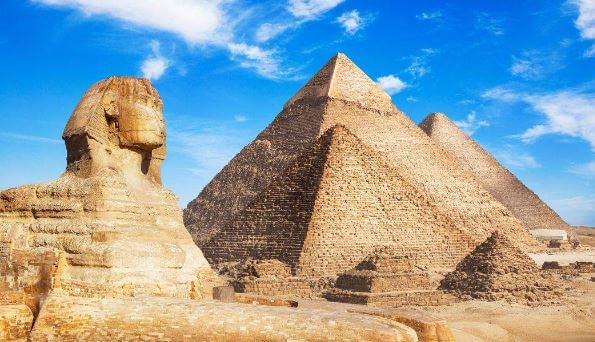In the annals of history, there are civilizations that have left an indelible mark on the tapestry of human existence. Some have been celebrated for their grandeur and contributions to art, science, and culture, while others have remained shrouded in obscurity, waiting to be unearthed by the curious minds of modern archaeologists and historians. Among the latter is the enigmatic civilization of the Masqlaseen, a name whispered in the corridors of academia and archaeology, yet largely unknown to the general populace.
The mere mention of the Masqlaseen invokes a sense of intrigue and curiosity. Who were they? What legacy did they leave behind? Why have they remained elusive for so long? In this article, we embark on a journey of discovery, peeling back the layers of time to reveal the mysteries surrounding the enigmatic Masqlaseen civilization.
The Masqlaseen: A Forgotten Legacy
The Masqlaseen, pronounced “mahs-kla-seen,” are believed to have thrived in what is now modern-day Mesopotamia, nestled between the Tigris and Euphrates rivers, around 3000 BCE. This region, often referred to as the “Cradle of Civilization,” was home to several ancient societies, including the Sumerians, Akkadians, and Babylonians. Despite their geographical proximity to these well-documented civilizations, the Masqlaseen have remained conspicuously absent from historical texts and archaeological records.
This glaring omission in the annals of history raises a host of questions. Were the Masqlaseen a hermit civilization, living in isolation from their neighbors? Or did they coexist alongside other great empires of the time, their presence overshadowed by more dominant powers? To uncover the truth, we must delve deeper into the scant clues that have emerged over the years.
The Elusive Language of the Masqlaseen
One of the most significant challenges in deciphering the history of the Masqlaseen is their enigmatic language. Unlike the hieroglyphics of the ancient Egyptians or the cuneiform script of the Sumerians, the script of the Masqlaseen has proven remarkably resistant to translation. Archaeologists have unearthed inscriptions and tablets bearing the Masqlaseen script, but efforts to decipher it have yielded limited success.
The Masqlaseen script is characterized by intricate symbols and a script that appears to be written from right to left. Some experts posit that it may represent an entirely unique linguistic system, while others suggest that it could be a distant precursor to languages spoken in the region today. Without a Rosetta Stone-like breakthrough, unlocking the secrets of the Masqlaseen script remains a tantalizing challenge for linguists and archaeologists alike.
Intriguing Artifacts and Architectural Marvels
Despite the linguistic barriers, excavations in the heart of Masqlaseen territory have yielded a treasure trove of artifacts that provide tantalizing glimpses into their culture and civilization. Among these discoveries are intricate pottery, finely crafted jewelry, and enigmatic statues depicting figures that bear no resemblance to any known gods or mythological beings of the time.
One of the most awe-inspiring architectural wonders attributed to the Masqlaseen is the Temple of Eshkara, a massive ziggurat that stands as a testament to their advanced engineering skills. The temple, with its towering tiers and intricate carvings, is a testament to a society that possessed a deep understanding of mathematics, construction, and the sacred arts.
Theories and Speculations
As with any historical mystery, a vacuum of information often leads to a proliferation of theories and speculations. Scholars, historians, and enthusiasts have put forth various hypotheses about the origins and fate of the Masqlaseen.
One prevailing theory suggests that the Masqlaseen were a nomadic people, leaving behind few permanent settlements and thus contributing to their scarcity in historical records. Another posits that they deliberately concealed their civilization from neighboring powers, choosing to remain in the shadows of history. Some even speculate that the Masqlaseen may have been the elusive architects behind some of the marvels of neighboring civilizations, secretly influencing the course of history from the shadows.
Conclusion
The Masqlaseen civilization, with its enigmatic language, rich archaeological discoveries, and perplexing absence from historical records, continues to intrigue and baffle scholars and enthusiasts alike. Unearthing their history promises to be a challenging but rewarding endeavor, one that may shed light on a civilization that has languished in the shadows for millennia.
In the following parts of this article, we will delve deeper into the cultural aspects, possible religious beliefs, and the enduring legacy of the Masqlaseen. Join us as we embark on a captivating journey into the heart of an ancient enigma.










































